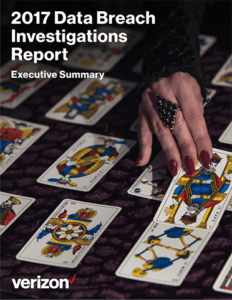Scary times with Facebook and Cambridge Analytica in the crosshairs for leveraging “private” information about users. Other people are freaking out at the amount of data Google has been collecting every time you use an Android phone. I’m sure Apple is doing the same.
One more negative and then I’ll turn this positive. Have you seen what AR (Augmented Reality) is doing for our ability to do real-time video editing? Check out futureoffakenews.com. This is morphing technology where two things are happening simultaneously. First, an actor is delivering a speech and his mouth is being superimposed on the mouth of somebody famous. Second, the actor’s words are being transcoded into the voice and inflection of the famous person. The complete effect is a little off, but I’m sure the technology will get better every year. At some point in the not too distant future, we will be able to create fake broadcasts of speeches being delivered in realtime. One news network will be able to change — in realtime — what their favorite (or least favorite) politician is saying. What and who do you believe at that point?
Take this down a level to the average citizen. How do we defend ourselves against:
- a disgruntled employee creating a fake video of his boss saying something awful,
- a sexual harassment allegation backed up by fake propositions (or fake consent?),
- a crooked local sheriff who creates videos of tourists speeding through their town.
One solution might be taking personal control over your already lost privacy. How about we start encoding all our location data on a blockchain (so it can’t be altered). If personal location and activity data was captured by each person’s phone and blockchain encoded, then I’d be able to prove I wasn’t at that hotel bar where I supposedly propositioned my female colleague.
How about all surveillance video be blockchain encoded so it can’t be altered. Build blockchain algorithms into the ASIC that does the compression. We need some way to ensure that our digital records are real and a blockchain might be just the ticket.
The way we defend the truth might be to memorialize the truth in ways that can be verified as genuine. That means we need to be OK with the truth, the whole truth, and nothing but the truth being discoverable by both our friends and our foes. How does that sit with you?

